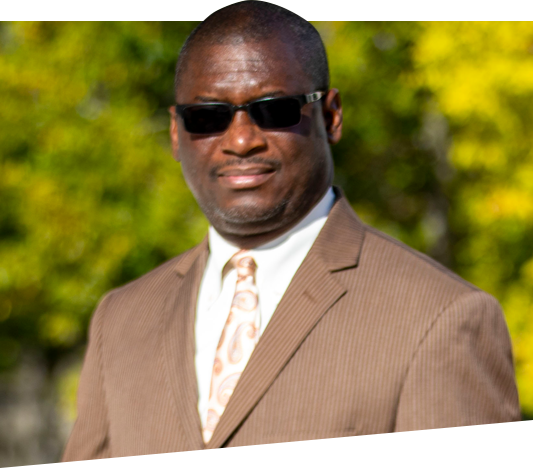Traumatic Brain Injuries
According to the Centers for Disease and Control and Prevention (CDC), there are 2.5 million Traumatic Brain Injuries (TBIs) in the U.S. every year. Traumatic brain injuries can occur in almost every realm of life: in car accidents, in sports, from slip and falls, at work, and at home. Because the brain is one of the most fragile parts of the human body, traumatic brain injuries account for almost a third of injury-related deaths. If you or a loved one has suffered a traumatic brain injury through no fault of your own, contact an experienced Florida personal injury attorney to discuss your legal options.
Four Traumatic Brain Injury Variations
The first line of defense for the brain is the skull. The second line of defense is cerebrospinal fluid, which exists between the skull and brain. One of its main purposes is cushioning or buffering shock to the brain’s cortex. It protects the brain mechanically and immunologically. However, the skull and cerebrospinal fluid don’t protect the brain from all types of damage. When the shock or jolt is great enough, brain tissue can rupture, bleed, and swell. In milder cases of traumatic brain injury, such as a concussion, normal function will likely return without lasting health effects. If the damage is severe, the brain can be permanently damaged. In serious cases, the victim can experience short or long term memory loss, cognitive disabilities, loss of balance or movement disabilities, unconsciousness, coma, and death.
There are four ways in which brain injuries occur, according to the Brain Injury Association of America.
Internally Loaded Injuries
During a sudden acceleration or deceleration of the head, such as during the whiplash of a car accident, the brain can ricochet against the inside of the skull, causing an internally loaded injury. In this scenario there does not need to be contact with a foreign object to cause the TBI.
Impact Loaded Injuries
When a foreign object does come in contact with the skull, causing injury, it may cause an impact loaded injury. An example of this is during a fall from a slippery restaurant floor. The head hits the ground, causing an impact injury.
Coup-Contrecoup Injuries
A combination of an internally loaded injury and an impact loaded injury is called a coup-contrecoup injury, which is the most frequent type of traumatic brain injury in a car accident. The force of the initial impact, such as the head against the side window during a rollover, sends the brain slamming to the other side of the brain, hitting the inside of the skull. This causes injury in two places, making recovery all that much more difficult.
Penetration Injuries
The most lethal, as well as least frequent, type of traumatic brain injury is a penetration injury, which is just what it sounds like: a foreign object passing through the skull into the brain tissue. This could happen from a gunshot wound, at work around construction or heavy machinery, or in a car accident.
If you have suffered a traumatic brain injury that was no fault of your own at work, while driving, or on another’s property, contact an experienced Florida personal injury attorney today at the law offices of Gillette Law, P.A. at 888-366-5904.

